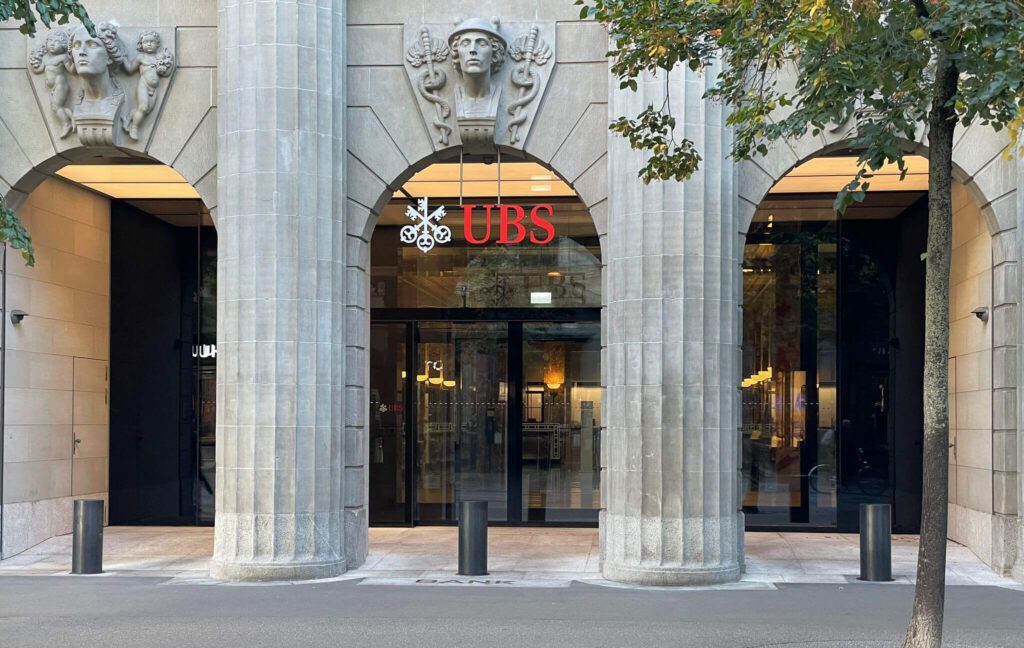
Ralph Hamers, CEO of the Swiss bank UBS, had formulated a new strategic goal. But exactly there is a problem.
The bank UBS presented its figures for the third quarter on Tuesday. The profit fell by 24 percent to 1.7 billion dollars. And revenues fell 10 percent to 8.2 billion dollars from July to September.
The bank blames the rough winds in the capital markets for the negative development. But how then to evaluate what has been achieved?
Costs must fall
A look at the company’s strategy usually helps. The first thing to notice by muula.ch is that both the cost and capitalization targets are on track.
UBS, for example, is aiming for a cost-income ratio of between 70 and 73 percent. In the third quarter, the figure was 71.8 percent and for the first three quarters together 71.0 percent.
In other words, developments at the Swiss banking top dog were somewhat worse in the third quarter. The UBS report also states that costs fell by only six percent. However, revenues fell faster than expenses by ten percent, thus worsening the ratio.
However, the benchmark is still fully within the strategic target range. The major bank still needs to fine-tune its cost base.
Hope for the future
What is striking, however, is the new target that UBS Group CEO Ralph Hamers introduced in February. It refers to growth in pre-tax profit in Global Wealth Management (GWM) of between 10 and 15 percent over the strategy cycle.
When the target was announced, UBS was at plus 19 percent for 2021. At that point, the target range looked a bit unambitious.
But now it turns out that the big bank is at minus 4 percent year-on-year in Q3 and minus 7 percent over all three quarters of the fiscal year. The target range is therefore a long way off.
Hardly any consistency
Since the first quarter, when minus 7 percent was also recorded, UBS has not really made any headway. This is despite the fact that in the second quarter, the key figures looked worse, at minus 11 and minus 9 percent respectively.
Hamer’s new growth target is not on the right track. It is therefore likely to be difficult for UBS to quickly regain that high profit growth in GWM from the past. But with, for example, rising interest margins, it is not out of the question.
Of the tons of figures for the third quarter, however, key figures shine apart from the conspicuousness in costs and the GWM profit target. We are talking about equity and market capitalization, i.e. the valuation on the stock exchange.
Conspicuous stock market figure
While as of the end of 2021, market capitalization was fairly in line with equity for UBS shareholders – at around 61 billion dollars – the situation has changed significantly as of Q3.
UBS market capitalization has slipped to about 46.7 billion dollars. And the equity attributable to UBS shareholders as of the end of September is 55.7 billion dollars.
In other words, UBS’s value on the stock market has plunged by about 24 percent since the end of 2021, and it is now actually valued at about 16 percent less on the capital markets than the accounting system indicates for its equity.
10/25/2022/kut.





